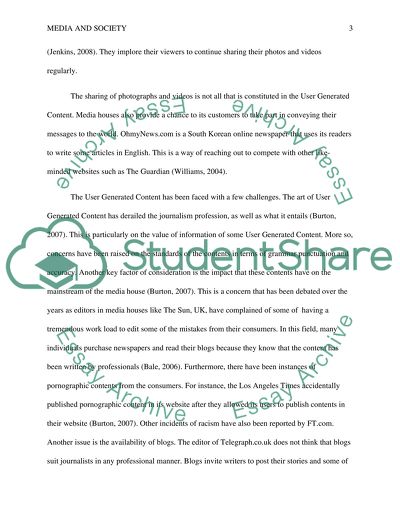Cite this document
(“Midea and society Essay Example | Topics and Well Written Essays - 2500 words”, n.d.)
Retrieved from https://studentshare.org/journalism-communication/1474940-midea-and-society
Retrieved from https://studentshare.org/journalism-communication/1474940-midea-and-society
(Midea and Society Essay Example | Topics and Well Written Essays - 2500 Words)
https://studentshare.org/journalism-communication/1474940-midea-and-society.
https://studentshare.org/journalism-communication/1474940-midea-and-society.
“Midea and Society Essay Example | Topics and Well Written Essays - 2500 Words”, n.d. https://studentshare.org/journalism-communication/1474940-midea-and-society.


